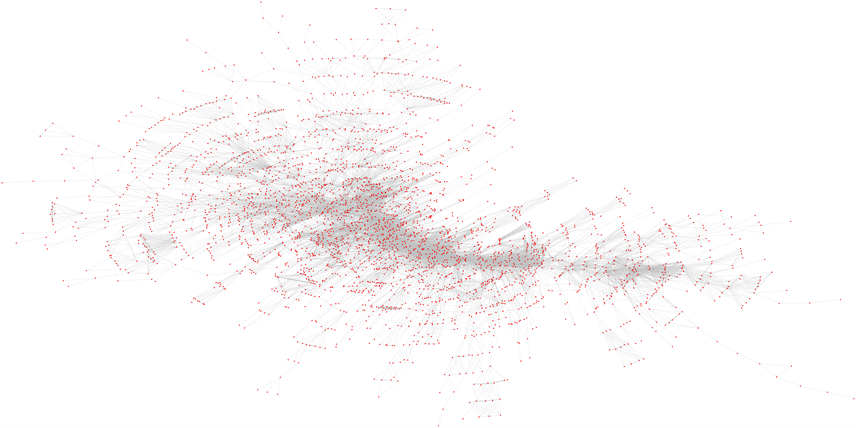Networks of people, materials and logistics can be found everywhere in life. While they are very common, they can be used to represent interactions between entities in many important complex systems including social, biological, telecommunication, transportation and energy.
Dr. Sergiy Butenko, professor in the Department of Industrial and System Engineering at Texas A&M University, is collaborating with a group of materials scientists to identify groups of mutually substitutable elements that could be used in critical technologies, such as faster, more powerful computing devices.
While attending the annual meeting of the Mathematical Modeling and Optimization Institute in 2015, Butenko had the opportunity to visit with Dr. Marco Buongiorno-Nardelli from the University of North Texas. Their conversation led to Butenko’s involvement with the project, MURI: Topological Decompositions and Spectral Sampling Algorithms for Element Substitution in Critical Technologies.
“I felt that network-based modeling could be helpful in addressing some of the problems he discussed and shared some of my ideas with him,” Butenko said. “This seemed to have gotten his attention, as several months later, he invited me to join an interdisciplinary team of researchers.”
 Other universities involved include Duke University, Central Michigan University and the University of Maryland.
Other universities involved include Duke University, Central Michigan University and the University of Maryland.
“We propose to essentially treat the materials as a ‘social network,’ where individual materials are thought of as ‘people’ and two materials are ‘friends’ if they share something in common,” Butenko said.
This new treatment of materials provides a convenient way of navigating the complex materials databases. Similar to the way online retailers help customers explore products by suggesting comparable products to view, this approach will allow the researchers to suggest similar materials to an interested user in the online database, AFLOWLIB.org.
“This approach could lead to the discovery of cheaper materials with desirable properties, which could replace their more expensive counterparts in various devices and products,” Butenko said.
The commonality of networks makes them an attractive topic of theoretical and algorithmic research, but close collaboration with domain experts is crucial to ensure the results are meaningful when it comes to specific applications of the methods developed.
“Working with this group rekindled my enthusiasm and belief in a fruitful, interdisciplinary collaboration,” Butenko said.
The project, sponsored by the Office of Naval Research, will end in the summer of 2018. The team of interdisciplinary researchers are currently testing different network models with the aim of identifying groups of materials that could be further examined in the experimental setting.